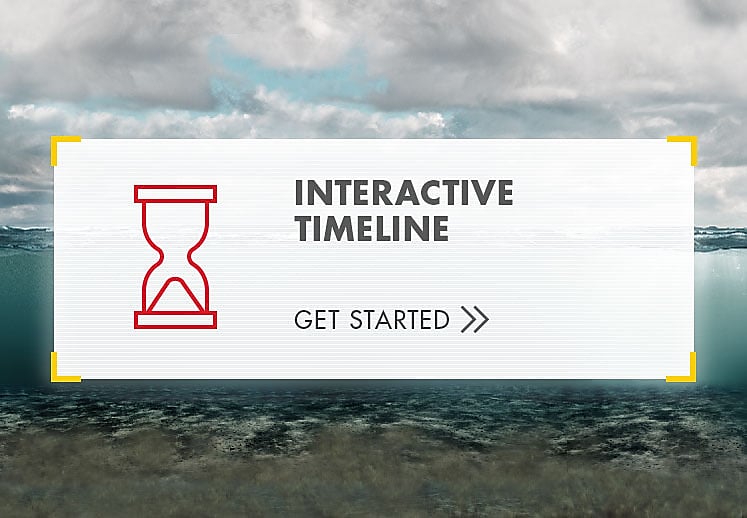Click here to explore
Click here to explore the timeline

Brent Geography

The Brent Field is located 186km north east of the Shetland Islands



The Brent Field is located 186km north east of the Shetland Islands
1971
1976
1987
2001
2006
2014
Brent Field discovered
Brent Bravo is the first platform in the Brent Field to begin production
Brent produces its one billionth barrel of oil - this is enough to fuel 1.2 billion mid-sized cars
Brent Field celebrates its silver jubilee
Decommissioning project established
All wells on Brent Delta sealed and the platform is declared hydrocarbon-free
The Brent Field is located 186km north east of the Shetland Islands.

![]() Back to top
Back to top